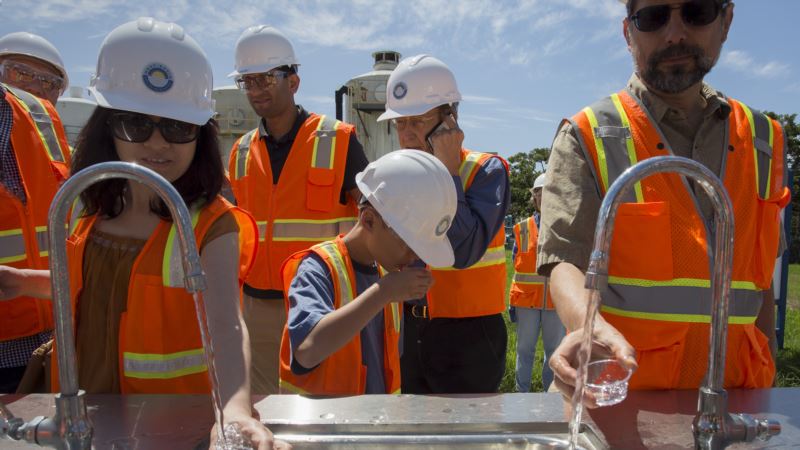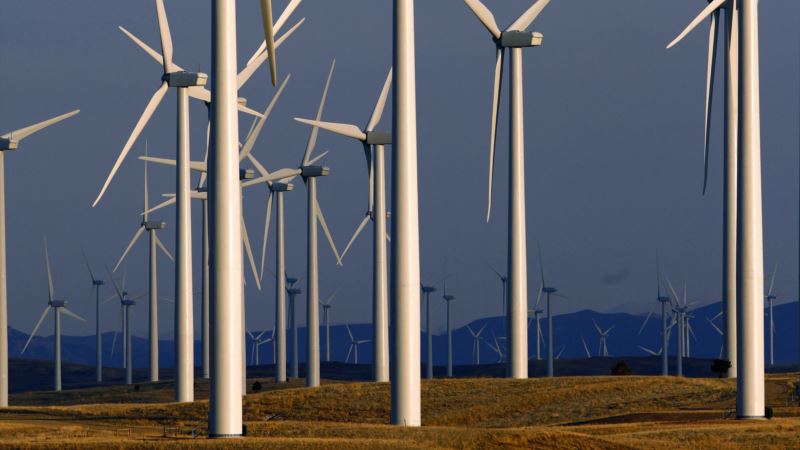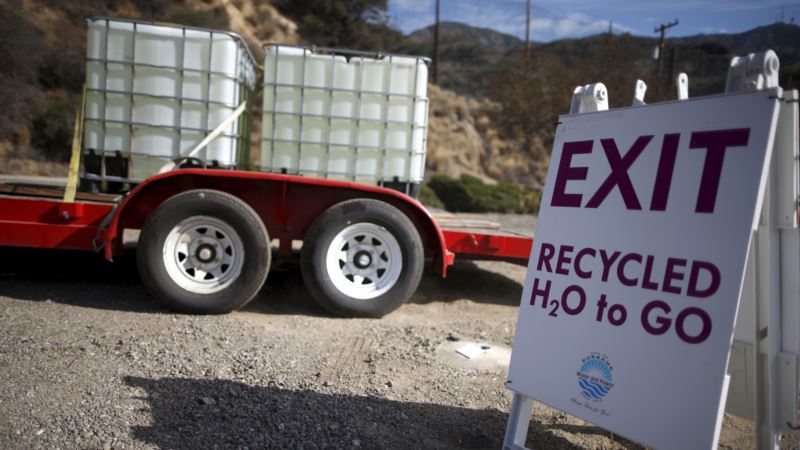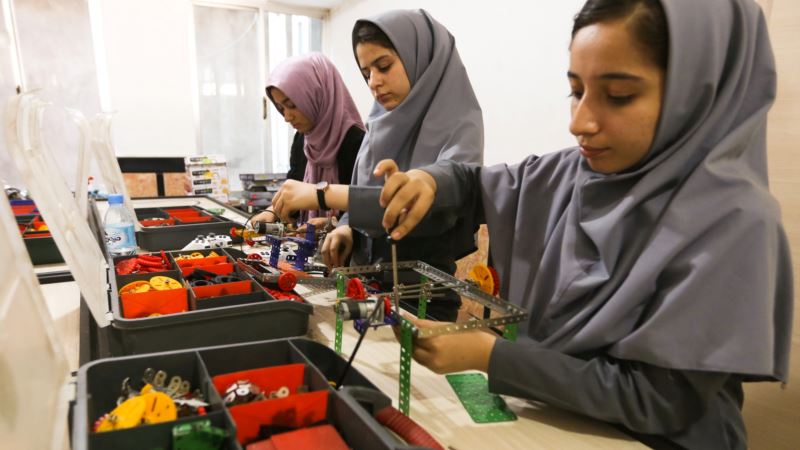Wastewater from households, industries and agriculture, if treated, could be a valuable resource rather than a costly problem, United Nations experts in a report on Wednesday. Treating and recycling wastewater would not only reduce pollution but could help meet growing demand for freshwater and other raw materials, they said. Below are some facts on wastewater to tie in with World Water Day on Wednesday: – More than 80 percent of wastewater worldwide is released without treatment, contaminating rivers and lakes. – On average, low-income countries treat only 8 percent of domestic and industrial wastewater. High-income countries treat 70 percent. – Pollution from human and animal waste affects nearly one in three rivers in Latin America, Asia and Africa, putting millions of lives at risk. – In 2012, 842,000 deaths in low- and middle-income countries were linked to contaminated water and inadequate sanitation. – In sub-Saharan Africa, more than 60 percent of the urban population live in slums. – The Nigerian city of Lagos generates 1.5 million cubic meters of wastewater every day, most of which ends up untreated in the Lagos Lagoon. – Discharge of untreated wastewater into the sea partially explains the rapid growth of deoxygenated dead zones. An area roughly the size of Britain is so far affected, having an impact on fisheries, livelihoods and food chains. – At least 50 countries use wastewater for agricultural irrigation, raising the risk of pathogens contaminating crops. – Two thirds of the world's population live in areas experiencing water scarcity at least one month a year. – By 2030, global demand for water is expected to grow by 50 percent. – The International Space Station has been using the same water for 17 years. – In Israel, treated wastewater accounts for more than 40 percent of all water used for irrigation. – It is estimated more than a fifth of global phosphorous demand could be met by recycling human urine and faeces. Source: U.N. World Water Development Report "Wastewater: the Untapped Resource"
Most Wastewater Released Is Untreated, Putting Millions at Risk






